Free “The Garden Survival” Book Offer
The author is shipping away copies on his website. You can claim your copy there.
Features:
- A step-by-step approach to cultivating a 3-foot self-sufficient garden.
- Focus on essential ‘survival crops’ categorized into:
- Easiest crops to grow.
- Most calorie-dense crops.
- Most nutrient-dense crops.
- Guidance on the essential tools and materials for gardening.
- Emphasis on the “three-must” of gardening:
- Planting.
- Watering.
- Nutrition.
- Insights on how to plant, grow, and store food seasonally.
- Methods to identify and handle plant pests and crop damage.
In today’s unpredictable world, self-sufficiency is a trait many of us aspire to attain. The drive to be less reliant on external food sources and more in control of what goes on our plates is leading many down the path of gardening. “The Garden Survival” is a guide that claims to provide readers with the tools and knowledge to embark on this journey. But how does it hold up under scrutiny?
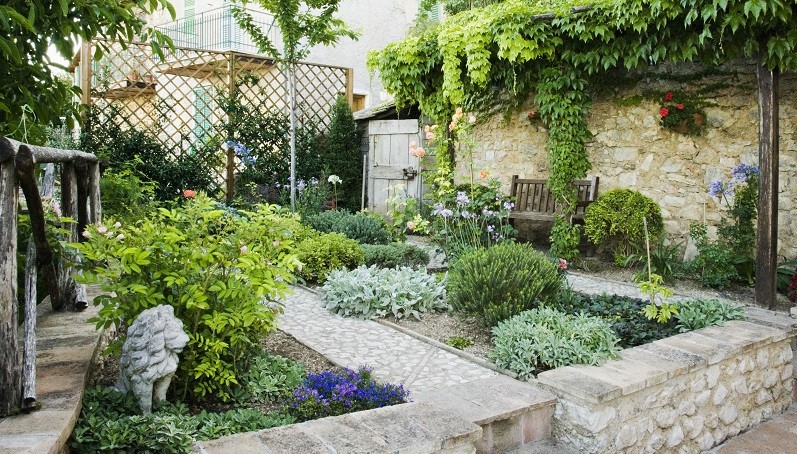
Why Grow Your Own Food?
In an era where our connection to what’s on our plate often stops at the grocery store, the idea of growing our own food might seem old-fashioned or even unnecessary. However, there’s a myriad of compelling reasons to consider this age-old practice. Growing your own food ensures fresher produce directly from soil to table, eliminating the days or weeks of transport and storage. This not only retains nutrients but also enhances taste.
Additionally, cultivating your own garden grants you control over what goes into your food. From pesticides and herbicides to the quality of soil used, you decide, to ensure a healthier, chemical-free diet. Moreover, there’s an incomparable satisfaction in consuming something you’ve nurtured from seed to harvest. This not just nurtures the body, but also the soul, offering a therapeutic respite from the modern world’s hustle.
With environmental concerns on the rise, growing your own food also reduces the carbon footprint. Fewer transport miles, reduced packaging, and a decline in industrial farming’s adverse effects all contribute to a greener planet.
Review of “The Garden Survival” Book Offer
At the heart of this book is its step-by-step approach to planning and cultivating a 3-foot self-sufficient survival garden. This dimension, while seemingly modest, holds promise for those with limited space, proving that you don’t need acres of land to achieve food independence. This approach could be a game-changer for urban dwellers or those with smaller yards.
One of the standout features of “The Garden Survival” is its breakdown of ‘survival crops’. Rather than overwhelming readers with an exhaustive list, the author focuses on crops that are both practical and essential. The categorization into the easiest crops to grow, the most calorie-dense, and the most nutrient-dense makes decision-making simpler for the beginner gardener. It ensures that the effort you put into your garden yields maximum benefits in terms of sustenance.
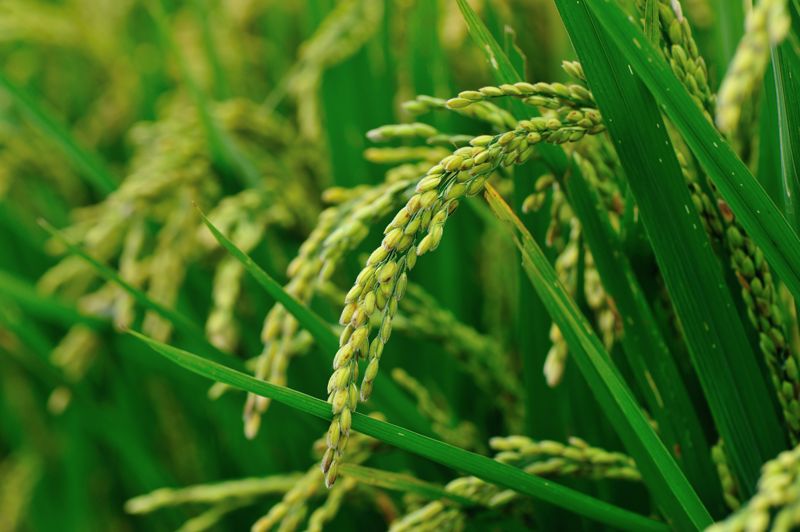
However, while the categorization is helpful, it might have been more insightful if the book also delved deeper into the specifics of each plant type. Knowing a crop is nutrient-dense is useful, but understanding what those nutrients are and their benefits could enrich the reader’s knowledge even further.
Every good project starts with the right tools, and gardening is no exception. The book offers guidance on the essential tools and materials needed, which can be invaluable for those setting out on their gardening journey for the first time. There’s no second-guessing or unnecessary expenses on tools that won’t serve your survival garden’s purpose.
The author succinctly encapsulates the essence of successful survival gardening with the “three-must” mantra: planting, watering, and nutrition. These pillars, while seeming basic, are fundamental to a thriving garden. However, some might argue that more nuanced aspects, such as soil pH or companion planting, could have been included to give a more rounded view of garden care.
“The Garden Survival” also delves into the cyclic nature of gardening. Understanding how to plant, grow, and store food seasonally ensures a steady food supply throughout the year. The inclusion of methods to identify and handle plant pests and crop damage is a practical touch, ensuring that your hard work isn’t undone by unforeseen challenges.
However, a potential pitfall here is the assumption that all readers experience the same seasons at the same time. Regional variations, especially for readers outside temperate zones, could mean that the seasonal advice doesn’t always align with their local conditions.
In Conclusion // How to Get This Book for Free?
“The Garden Survival” book offers a compelling guide for those wanting to tread the path of food self-sufficiency. Its concise approach, focusing on small-space gardening with a selection of essential crops, is its strength. While it covers the basics effectively, those seeking a more in-depth exploration might find some topics lacking. Nonetheless, for beginners or those looking to streamline their gardening practices for survival purposes, this book is a worthy read.
You may be asking why this is being offered for free compared to other books, specifically gardening books.
I think it’s a way to get his name out there and perhaps get a little bit of recognition by having people review it. While there is a shipping cost to get one of these gardening books, it’s also a way to recoup any costs incurred when writing this book. So get this book for free if you’re looking to learn how to grow your own crops or start gardening as a hobby. The book can easily get you started:)

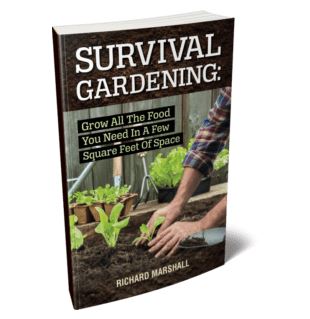

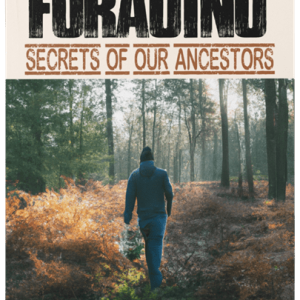
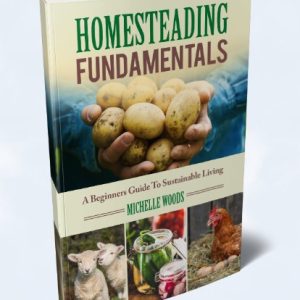
Peak –
For starters and beginners it will get you on the right path.